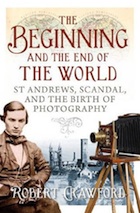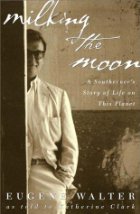
Having moved to St Andrews about five months ago I felt I should try to read up on the town’s rich history. However, I felt that the first book I picked up to read was just too dry to be interesting (it started with the ice age…). What I missed was a story about the people of St Andrews. Surely a 600-year old university town must have some interesting stories to tell from its past?
Therefore I was delighted when I read a review in the Guardian of a recently published book called The Beginning and the End of the World: St Andrews, Scandal, and the Birth of Photography by Robert Crawford, a professor in the School of English at the University of St Andrews.
This fantastic book paints a vivid picture of life within the University of St Andrews in the 19th century. It tells the tale of Sir David Brewster, an extremely distinguished scientist at the time and Principal of the United College in the University of St Andrews. This man, who among his many achievements invented the kaleidoscope, helped start the Literary and Philosophical Society of St Andrews. Despite St Andrews awkward location (it took about a day to travel from Edinburgh to St Andrews at the time), the Lit & Phil managed to attract individuals who went on to have a profound impact on both the British society and the world at large. Among other things, their ability to keep up with the research frontier on photography resulted in St Andrews becoming the first town in the world to be comprehensively photographed.
I very much recommend reading this fascinating book. It was a great pleasure to read this well-written and thoroughly researched account of 19th century St Andrews.
